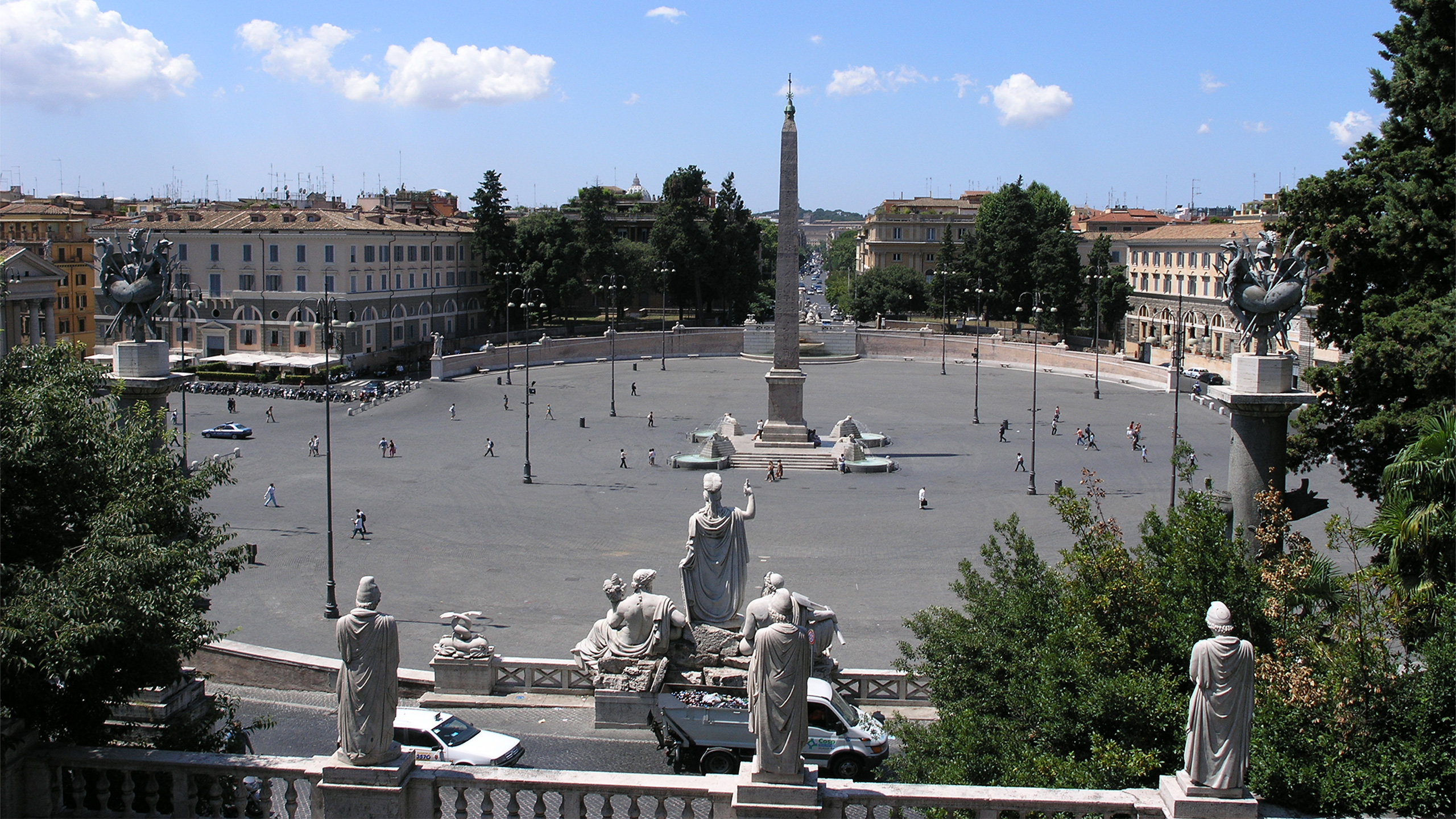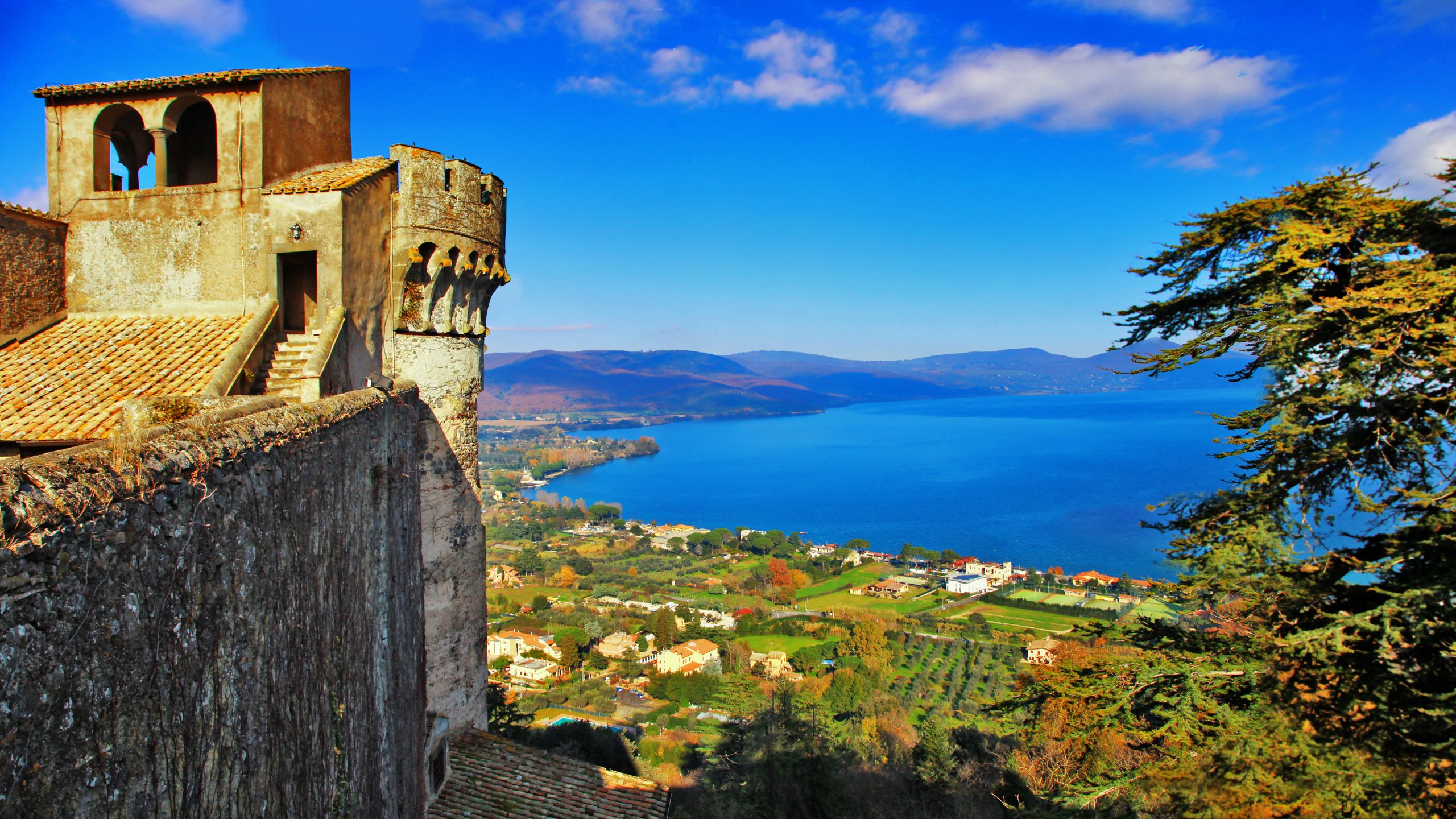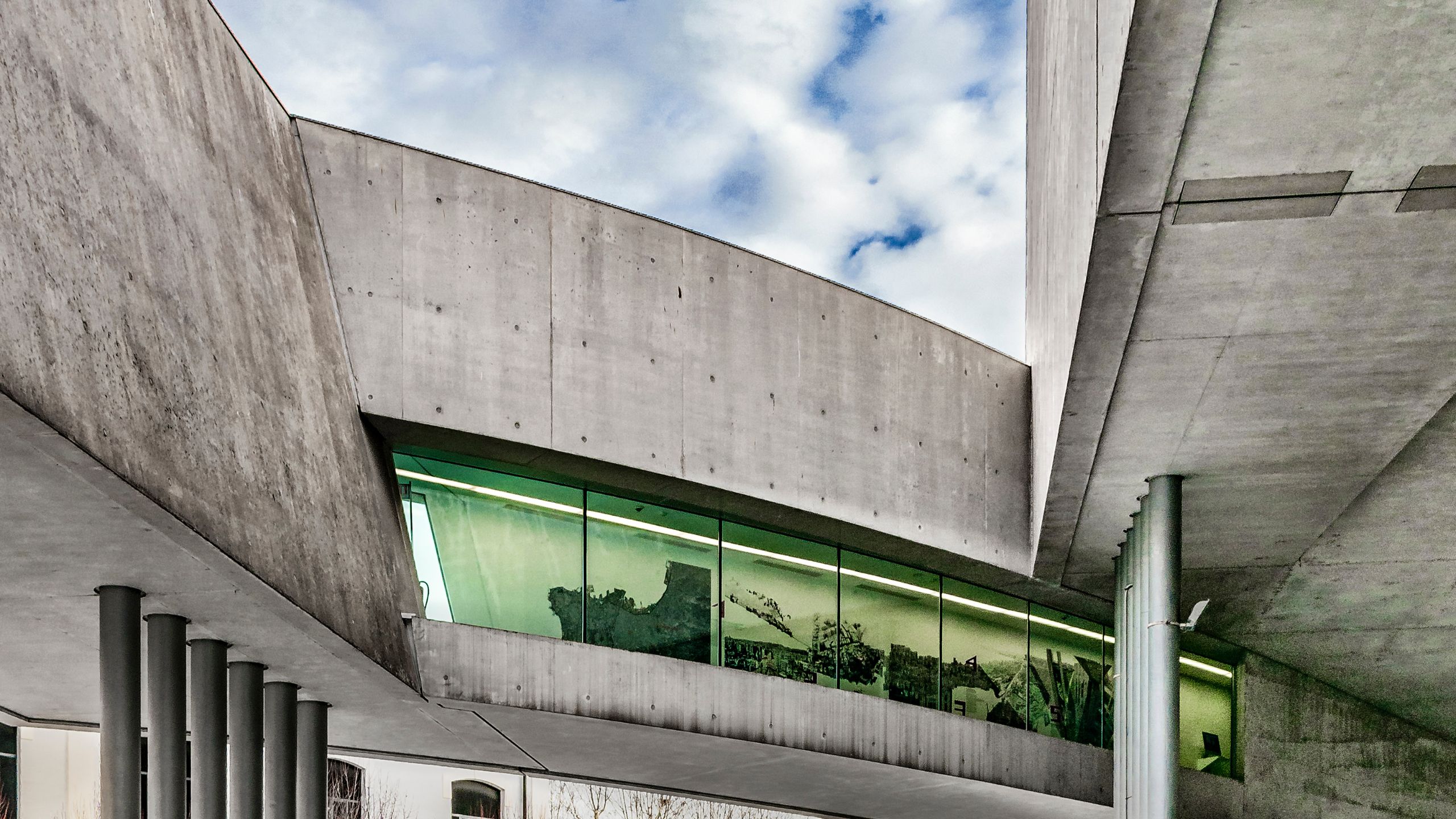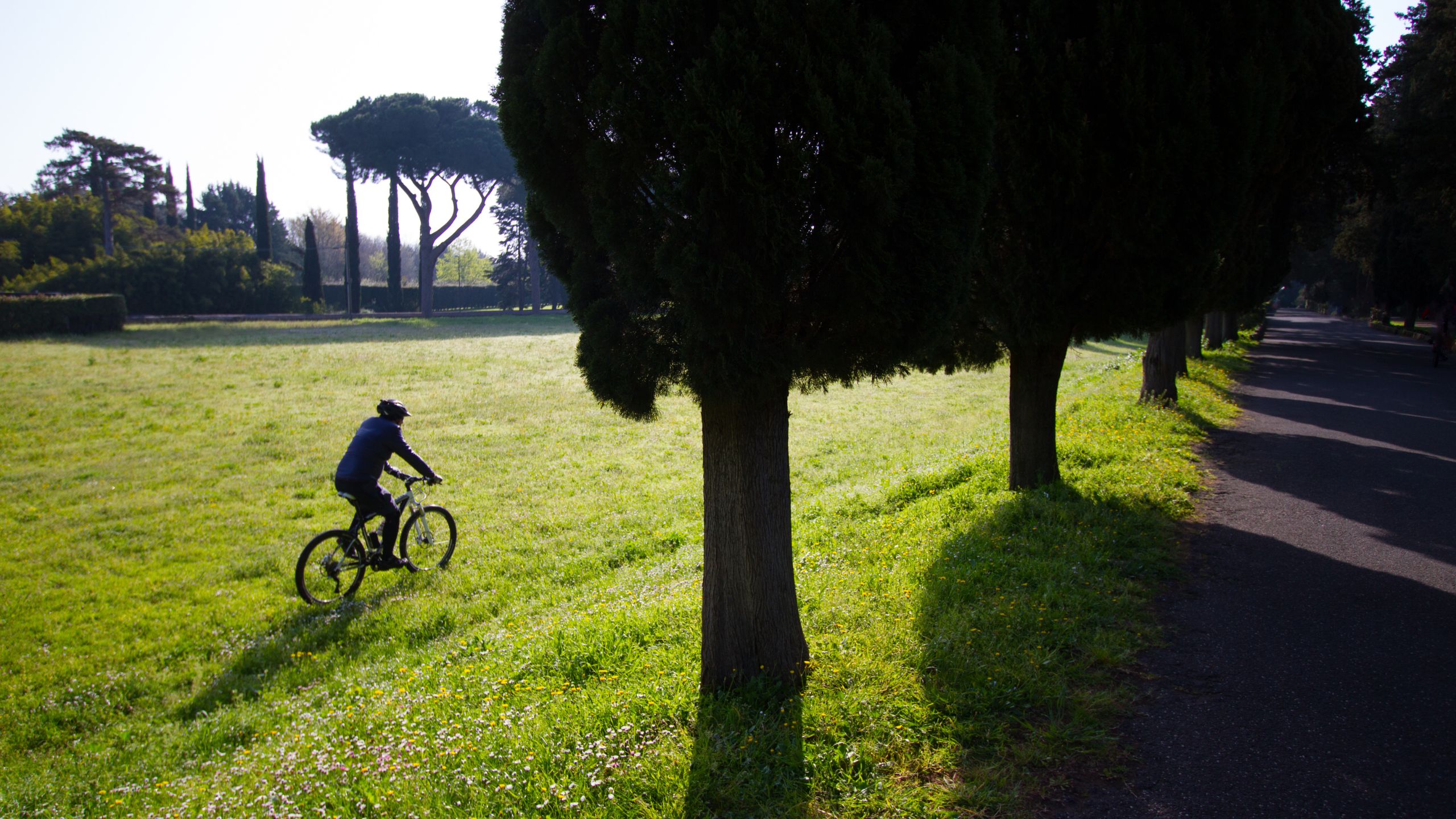A Stroll through Rome: Piazza di Spagna, an elegant and refined place at the foot of the Pincio
The striking Spanish Steps in Rome is known as one of the most beautiful and famous corners of the city, celebrated in numerous works of art, novels and films. Even a single visit to Rome is worth to include this square in the list of places to see. Thanks to its strategic location, the square has an elegant and unique atmosphere that makes it one of the most fascinating in the world. Let’s discover together all the secrets of this beautiful square.
History and curiosities on the famous Spanish Steps in Rome
Piazza di Spagna, one of the most evocative squares in Rome, owes its name to the Spanish Embassy to the Holy See. The oval square is decorated in the center by the famous fountain of Barcaccia, entirely made of marble by the famous sculptors Peter and Gian Lorenzo Bernini. The staircase of Trinità dei Monti is another of the main attractions of the square, which connects it to the terraces of the Pincio. Via Condotti, the temple of Roman shopping, opens on the opposite side of the square. The square’s historical and architectural buildings are numerous, including the Vatican-owned Propaganda Fide Palace and the house-museum of John Keats, an English poet. Babington’s, a historic tea house, is the perfect place to take a taste break. The marble column in front of the Propaganda Fide Palace, built by Bernini and dedicated to the Immaculate Conception, is adorned every December 8 by firefighters with a wreath in the presence of the pope. At the top of the staircase stands the beautiful church of Trinità dei Monti, a work of art of the sixteenth century in Gothic style that is definitely worth a visit.
The wonderful staircase of Trinità dei Monti and the panoramic view from the Pincio
Among the most iconic monuments that characterize the Spanish Steps, there is undoubtedly the famous Spanish Steps. The staircase in question connects the square to the Pincio, an area much loved by both Romans and tourists. Built in 1723 by the architect and sculptor Francesco De Sanctis, the staircase consists of eleven steps in marble and travertine. Each ramp is interspersed with small open spaces, which allow you to admire a beautiful view of the square below and the surrounding areas, which improves as you climb. At the end of the staircase, there is the homonymous Church of Trinità dei Monti, a work of art made in Gothic style in the sixteenth century. Its construction was commissioned by King Louis XII, owner of the land on the hill of Pincio, and even built with stones from the French city of Narbonne.
The climb along the staircase leads to the Pincio hill, an area frequented since ancient times by the Romans, in particular by poets, such as Lucullus, who built his villa here. From the top of the Pincio, you can enjoy a spectacular view of the city of Rome, especially the historic center and the Prati district, which was once part of the imperial lands. Inside the gardens of the Pincio, you can also admire the marble busts of the characters that have made great the history of Rome and Italy, making the area a must for tourists.
Piazza di Spagna: history, cinema and art
The beauty and charm of the Spanish Steps have made it a symbol of Rome and an integral part of the collective imagination. The love for this square was also expressed by Cesare Pavese, who mentioned it in one of his famous poems. His work is commemorated by a plaque next to the Babington’s room that bears the entire text of the poem "I will pass by the Spanish Steps". Cinema and television have also treasured the magnificence of this square, using it as a location for films and television series. Luciano Emmer made it the protagonist of the film "The girls of Piazza di Spagna" in 1952, which was later revived in a television series in the 1990s. Foreign films and international giants have also decided to immortalize the beauty of the Spanish Steps. This is the case of the famous "Roman Holidays" with the unforgettable Audrey Hepburn who appreciates the wonders of Rome, including Piazza di Spagna. The charming square is also the ideal place for many events of world interest, such as the cycle of fashion shows held every year during Rome Fashion Week.




